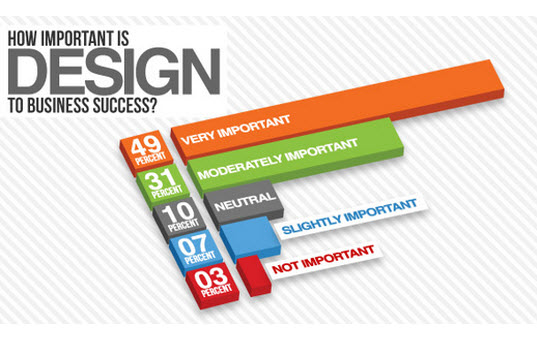Boost Your Web Site'S Customer Experience And Strive For Style Quality With Our Instinctive Suggestions And Methods, Customized To Fulfill The Needs Of Your Individuals
Boost Your Web Site'S Customer Experience And Strive For Style Quality With Our Instinctive Suggestions And Methods, Customized To Fulfill The Needs Of Your Individuals
Blog Article
Writer-Gunn Mccarthy
Master the art of website design by focusing on individual experience. Craft intuitive navigating and opt for mobile optimization to improve the surfing experience. Make certain simple navigating with clear headings and enticing visuals. Focus on mobile responsiveness for a regular individual experience. By incorporating webpage , you can produce a straightforward website that captivates visitors.
Crucial Design Concepts
When creating a web site, prioritize user experience most of all else. Your major goal must be to produce a smooth and pleasurable experience for your site visitors. Start by ensuring that your website is very easy to navigate. Usage clear headings, organized menus, and instinctive buttons to guide users via your content effortlessly. Bear in mind, simpleness is essential. Prevent littering your web pages with unnecessary elements that can overwhelm or confuse your target market.
One more necessary layout concept is to make certain your internet site is aesthetically enticing. Select a natural color design, top quality photos, and understandable typefaces to enhance the overall look of your site. Uniformity is vital in developing a solid brand identification and making your website a lot more unforgettable to users.
In addition, prioritize mobile responsiveness. With https://www.analyticsinsight.net/how-software-development-is-improving-marketing-strategies/ surfing the net on their mobile phones and tablets, it's vital that your site looks and functions well on all gadgets. Test your site on various screen sizes to make certain a seamless experience for all users. By concentrating on these important style principles, you can produce an easy to use website that maintains visitors coming back for even more.
User-Focused Navigating
To enhance user interaction and simplify their surfing experience, prioritize creating instinctive navigating pathways that lead visitors seamlessly through your site. Clear and efficient navigating is crucial for helping individuals locate the details they need promptly and successfully. Start by keeping your food selection structure simple and understandable. Usage detailed tags that plainly indicate what material can be discovered under each menu alternative. Additionally, consider executing dropdown food selections for subcategories to stop overcrowding the main navigation bar.
An additional key element of user-focused navigation is the use of breadcrumbs. Breadcrumbs are a secondary navigating aid that shows customers their present place on the website and enables them to quickly browse back to previous web pages. This attribute is specifically handy for users that enter your site via a deep link or a search engine result.
In addition, integrating search capability prominently on your web site can further improve customer navigation. A search bar allows users to swiftly find specific material without needing to click with multiple pages. Make sure that your search bar is easily visible and easily accessible on every page of your site for maximum use. By prioritizing user-focused navigation approaches, you can develop a much more instinctive and satisfying surfing experience for your site visitors.
Mobile Optimization Techniques
Think about maximizing your web site for mobile phones to make certain a seamless user experience throughout different screen sizes. Mobile optimization is essential in today's electronic landscape where a significant part of internet browsing occurs on smartphones and tablet computers.
To enhance mobile usability, start by executing receptive style methods. This method permits your web site to adjust to various display dimensions, preserving capability and looks.
Focus on maximizing packing times for mobile customers. Slow-loading web sites can discourage site visitors and influence your internet search engine positions. Press photos, minimize HTTP demands, and take advantage of web browser caching to improve filling rate. Furthermore, focus on web content pecking order for mobile displays. Make sure that crucial information is prominently displayed, and navigation is instinctive, advertising very easy accessibility to essential areas.
Make use of touch-friendly components such as bigger buttons and structured types to facilitate interaction on smart phones. Conduct comprehensive screening throughout different mobile systems to recognize and fix any use concerns.
Conclusion
Finally, grasping the art of website design is critical for creating a straightforward web site. By including important style principles, user-focused navigation, and mobile optimization methods, you can guarantee a seamless and pleasurable experience for your site visitors.
As an example, a local bakeshop saw a 30% rise in on-line orders after revamping their internet site to be more user-friendly and mobile-responsive. Bear in mind, a properly designed site can make all the difference in drawing in and maintaining clients.
